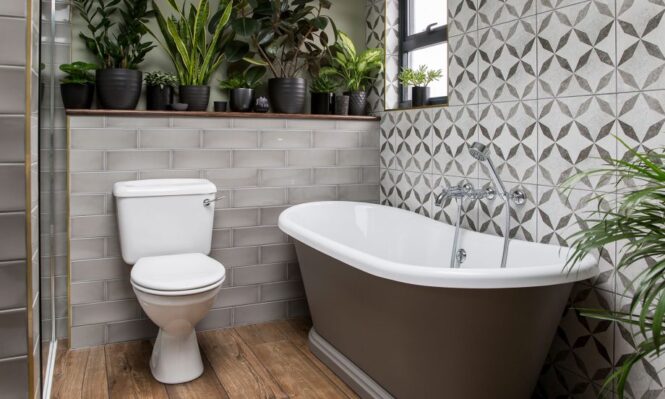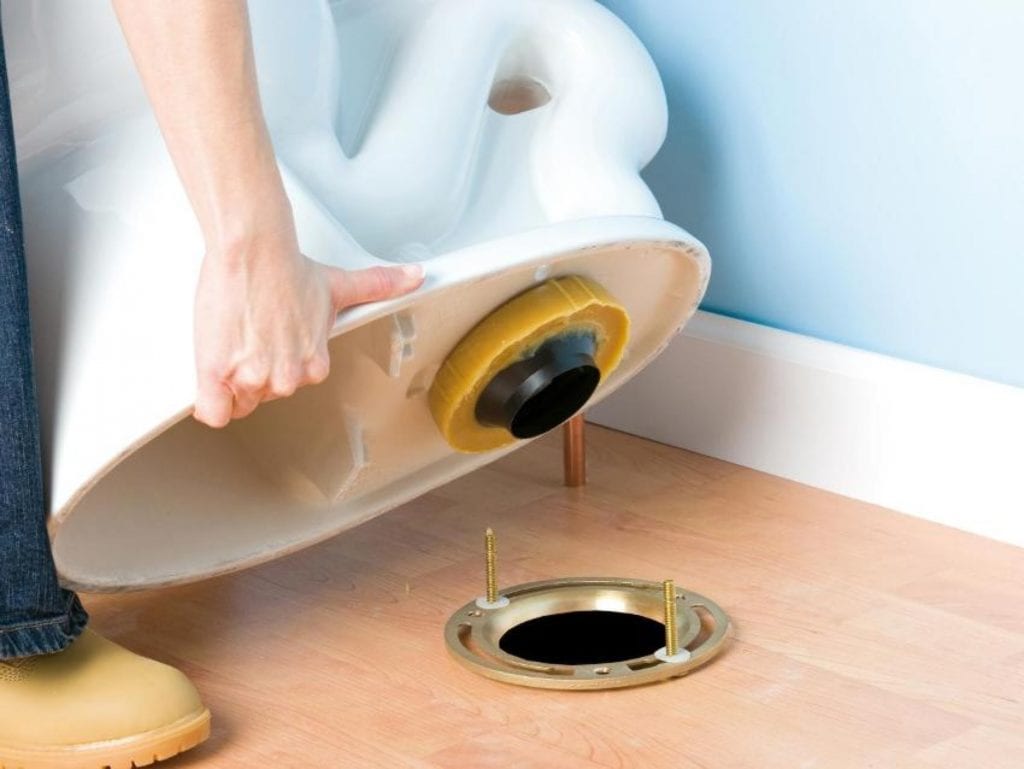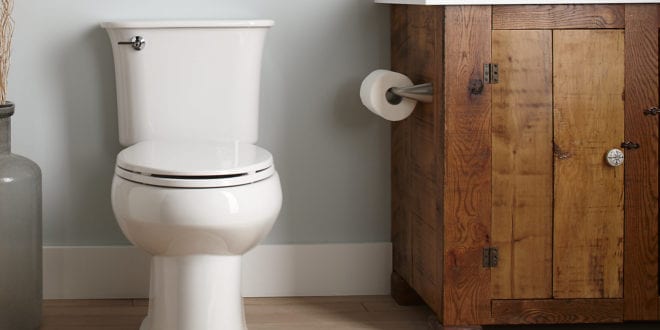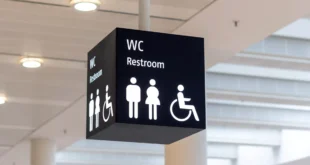There is no bathroom without a toilet. Whether you’re making a new bathroom or renovating an old one – setting up a toilet is an unavoidable job. This is a simple element, but various imported, new, redesigned models from the various series have appeared on the market. Check out toilet review on toiletrated.com. This can sometimes make your job more difficult. How to install it yourself – we will try to explain in a few steps. I
Solutions For Your Bathroom

When renovating or creating a new bathroom, it is necessary to design and determine the layout of the sanitary elements, of which the toilet is one of the most important ones. Modern toilets differ in shape depending on the series of a particular manufacturer. The quality of the sanitary elements is of great importance for the bathroom, both aesthetically and functionally.
Different Types
Technically, the toilets are categorized into Simplon floor-to-floor toilets and wall-mounted Baltic types. We can also make a difference between those with centrifugal rinsing and those where the water fully rinses the toilet. According to the type of mounting, there are classic floor and cantilever hanging versions, which represent a modern and practical solution.
They look elegant and are acceptable, especially in small spaces. Thanks to the use of modern technologies, they meet the needs of their users, providing comfort and security of use.
Which One Will You Choose?

The decision on whether to install a floor toilet, monoblock or console toilet in a new bathroom must be made before renovating the bathroom. If you decide to install a console type, which is the most modern and hygienic solution, you will need a flush-mounted flush cistern at the beginning of the work.
Console toilets are installed on a wall-mounted console while the flush cistern remains hidden. Recently, built-in cisterns have been increasingly used because of the quality of workmanship, layout and space consumption. Manufacturers provide multi-year warranties, repair without breaking the wall, and there is a large selection of water release buttons.
The Advantages Of Console Models
Installation of the console toilet is the most modern and hygienic solution. The space under the toilet remains empty and easily accessible for maintenance. They are made of high-quality materials – porcelain or ceramic. However, hanging toilets require a strong wall, and installing them may prove more expensive than other variants. Therefore, we’ll usually see more ordinary sanitary elements in most of the homes. How to handle those, and how can we manage to install them by ourselves?
Toilet Mounting – Choosing A Plumber Or Do It Yourself?

If you are hiring a plumber for this job, good recommendations are of great importance. He must have sufficient experience in installation work to get the job done quickly and with quality, and give a guarantee of what he has done. However, plumbing services can be very expensive, so you may want to do it yourself.
If you choose to do so, get informed well since the price of sanitary elements can vary. They usually depend on the type of toilet you choose. If you are still not sure, try to look for a proper one by reading the reviews. You can do it by using the guidance provided by professionals and you can also find more here…
You can find various types of sanitary elements, and see their pros and cons. If you decide to do the installation yourself, consult your dealer about the type and all the necessary accessories.
Do It Yourself: Preparatory Works
The old saying claims: Without tools, there is no craft. Before you begin, prepare all the tools and accessories that you may need, so you don’t have to stop in the middle of your work. To make it easier for you, we’ve put together a list of accessories and tools you need to get started.
Required tools and supporting material:
- Concrete and tile drill
- Appropriate drill bits
- Screw wrench
- Straight toilet connection (cuff that connects sewer pipe to the floor and the toilet)
- Toilet rubber flooring (rubber pad placed between tile and sanitary element)
- Screws
- Silicone (sanitary, moisture-resistant and mold-resistant)
- Scalpel
- Pen
Setting Up The Toilet In The Bathroom

When choosing a model, you must ensure that it has a connector that is provided when the plumbing is done. In most bathrooms, there is a Simplon type with a connection on the floor. Formerly the toilets were grounded, which was a problem when clogging and congestion occurred because they could not be removed. They are now simply fastened with tile floor screws. It is important to note that the floor on which the ceramic tiles are, should be flat.
Installation
Mount the floor rubber seal over the cuff that connects the toilet to the drain pipe. Position the cuff in the sewer drain so that the wider part is above the pipe. Press with your hand to put it well, evenly on all sides. Insert the toilet into that socket and mark the holes where the screws will be going through the holes in the toilet-holder.
Drill holes and insert dowels. By using a scalpel, drill the holes through which the screws will go. Place the sanitary element on the cuff and press the drain pipe that the toilet has into it. Insert the screws and screw them in with the correct wrench. Do not forget to insert rubber or plastic washers between the screw head and the ceramic. Be careful not to tighten too much to prevent cracking and damage to the ceramic.
The Finishing Touch
Cut the excess rubber between the tiles and the toilet by using a scalpel. You can apply a thin layer of silicone on the floor around the shell. Some masters do not use rubber substrate but instead put silicone. The installation is complete and you only have to connect it to the flushing cistern and mount the toilet seat.
Baltic Model
This type of connector is located on the wall. Mounting is the same as for the Simplon variant, but with a special extension being used. It is a cuff that connects the toilet to the drainage armature in the wall. The connector is longer, so if necessary, you can shorten it depending on the distance from the wall. The Baltic model is usually installed in buildings where there are more floors, so the connection cannot be on the floor.
 Imagup General Magazine 2024
Imagup General Magazine 2024



